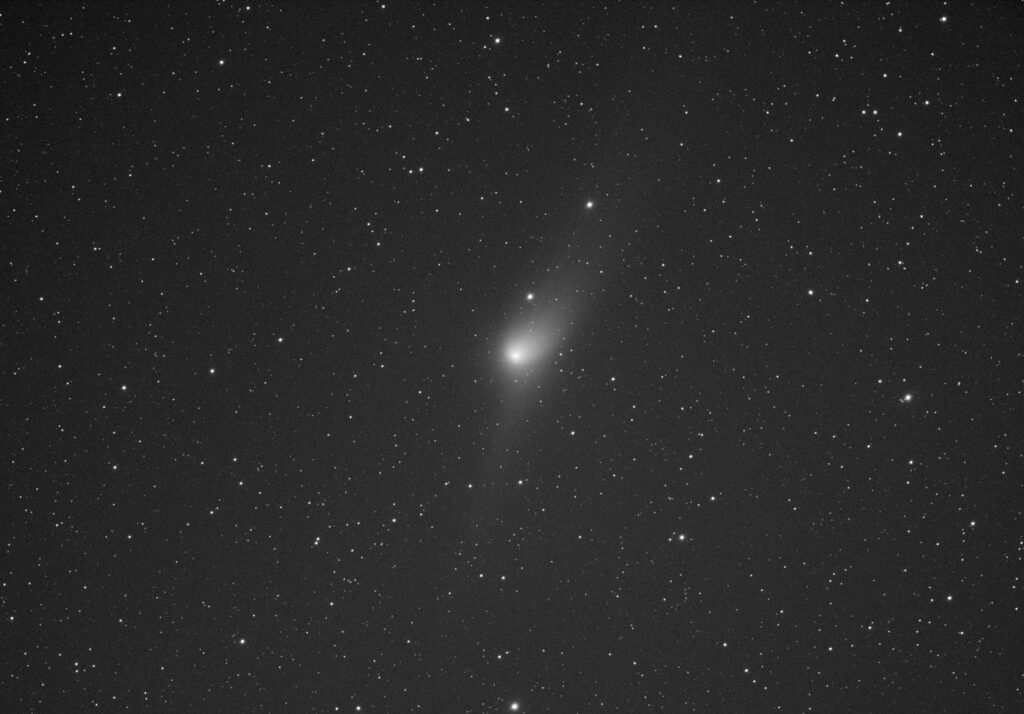Look to the skies. A comet, creatively named C/2022 E3 (ZTF), is currently visible in the sky. Until the end of the month, the one kilometre wide commit will remain visible in the night sky. On 1 February, the comet will pass closest to the earth, at a distance of 40 million kilometres.
Fortunately for amateur astronomers, specialist equipment is not needed to spot the comment. Unfortunately, light pollution does cause a serious impediment to catching a glimpse of the extraterrestrial object in many parts of the country.
The comet is best viewed in the countryside and can be best seen with binoculars. By looking towards Ursa Minor and Ursa Major (look for the ‘Little Dipper’ and the ‘Big Dipper’), the comet should reveal itself.
Most likely, it will appear to us mere humans as a fuzzy dot in the sky, which will increase in brightness as it nears Earth. The comet can even be seen to emit a green glow.
Related News
- Stars rapidly becoming invisible to naked eye due to light pollution
- NASA spacecraft crashes into asteroid in successful planetary defence mission
It is certainly an astronomical event which shouldn’t be missed. This will be the first time since the time of the Neanderthals that the comet will be visible on Earth. The comet comes from the Oort cloud at the very edge of the solar system.
Stargazers should look up at the skies at the earliest opportunity. While the ideal viewing window is on 1 February, the comet's distinctive green tail may be better observed before this date.

